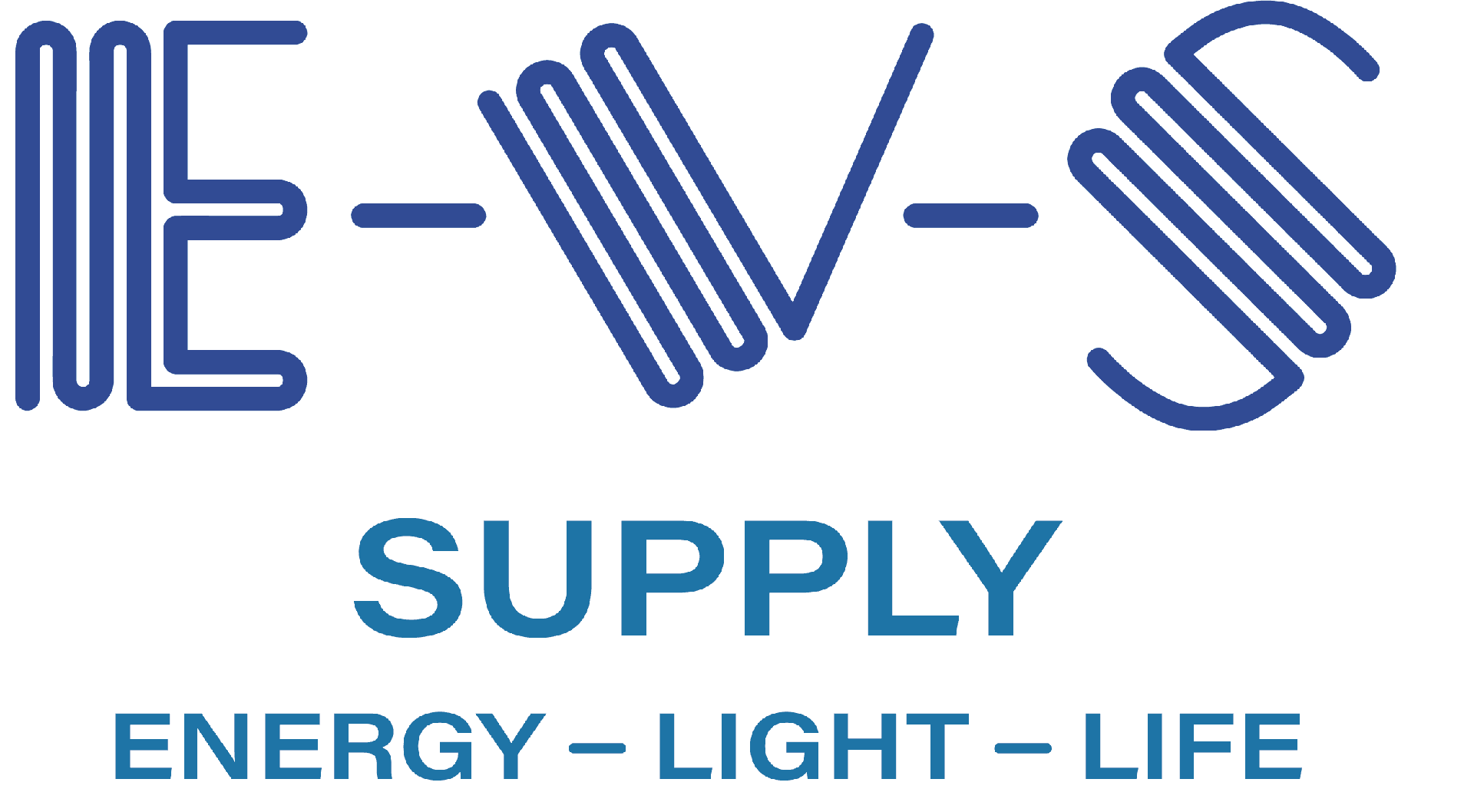Batteries are key components driving today’s industrial and consumer applications, but with so many options available, it can be challenging to know the right type of battery to choose. Here is an overview of factors you need to consider when choosing a battery type for your application.
Battery Chemistries to Consider
There are two main types of batteries to consider: rechargeable and non-rechargeable.
Non-Rechargeable Batteries
Also known as primary batteries, non-rechargeable batteries are single-use and cannot be charged again once discharged fully. They have a low self-discharge rate, so they are suitable for household items like flashlights, smoke alarms, remote controls, and kids’ toys. They are also preferred for devices where charging is impractical, like pacemakers, wristwatches, and hearing aids.
Common types of non-rechargeable batteries include:
- Alkaline: These are common batteries—like Energizer batteries—that power household devices such as toys, remotes, and flashlights. They come in AAA, AA, C, D, button cell, and square 9-volt types.
- Zinc-Carbon (Zn): Zinc-carbon batteries are older types of alkaline batteries that do not last as long.
- Silver-Oxide: Silver-oxide batteries are mainly button cells, though some can come in the square 9-volt type.
- Non-rechargeable Lithium Batteries:
- Lithium-Sulfur Dioxide (LiSO2): common in small industrial battery applications
- Lithium Manganese Dioxide (LiMnO2): found in AA, C, and D batteries and industrial applications
- Lithium Thionyl Chloride (LiSOCI2): in AA batteries with a higher voltage rate and other industrial applications
Rechargeable Batteries
Also called secondary batteries, rechargeable batteries can be recharged and reused after charging once they have been completely discharged. Rechargeable batteries include:
- Nickel Cadmium (NiCad): older, heavier battery technology used in tools and computers
- Nickel-Metal Hydride (NiMH): found in rechargeable AA batteries
- Sealed Gelled Lead Acid: used in wide-ranging applications from children’s toys to demanding industrial applications
- Lead Acid: car and motorcycle batteries
- Rechargeable Lithium Batteries:
- Lithium-ion (Li-Ion): Li-ion batteries are lighter in weight and have higher energy than NiCad batteries. They are often used in phones, laptops, and tools.
- Lithium Polymer: These are used in phones and other rechargeable devices.
Capacity of the Battery: Power & Energy
A battery’s runtime or capacity is determined by milliamperes per hour (mAh) or amp-hours (Ah). This figure represents the total discharge current that the battery can produce over a period of time. There are two things to consider when comparing batteries with different chemistries:
- Power: When choosing a battery, you need to know how much power your circuit will need. Power is an instantaneous measurement of how many watts are flowing at a specific point in time. Multiply the voltage by the current to get the watts.
- Energy: Battery energy is defined as how much energy a battery can hold in amp-hours (Ah) or watt-hours, so it can be computed by multiplying power by time.
System Operating Voltage
Voltage is a critical battery characteristic that should be considered when deciding on the right battery pack for your application. It’s determined by battery polarization, chemical reactions in the battery, and battery component concentrations. Nominal battery voltage is the voltage calculated from equilibrium conditions, but because of polarization, battery voltage under current flow can differ significantly from the nominal voltage.
A common misconception is that a fully discharged battery has 0 V. In reality, the output voltage reading should always be the nominal voltage.
Temperature Range
When choosing a battery, consider both the internal and external operating temperature range. Batteries can perform well in only certain operating temperatures, with hot or cold environments affecting various types of batteries in different ways. For example, you can’t use a battery operating with aqueous electrolytes in temperature conditions below 0 °C, as the aqueous electrolyte will freeze. Lithium-based batteries can work in temperatures as low as -40 °C, but with reduced efficiency.
Temperature also affects charging and discharging. For example, the optimum charging rate for lithium-ion batteries is between 20 °C and 45 °C. Temperatures can be reduced by using a lower charging current, but this lengthens the total charge time. If the temperature drops below 10 °C, the electrolyte may produce a lithium dendrite plating, which can be prevented with trickle charging. The discharge temperature depends on how much power is drawn from the battery, but it can safely go above 60 °C.
EVS Supply Battery Packs
By understanding the types of batteries available and their characteristics, you can choose a battery pack that can reliably, safely, and efficiently power your equipment for a long time. EVS Supply offers a wide range of standard and custom batteries, all built to match our customers’ unique requirements. Our team can answer any questions you may have and help you choose a battery pack that meets your specifications.
Request more information to see how we can power your application.

